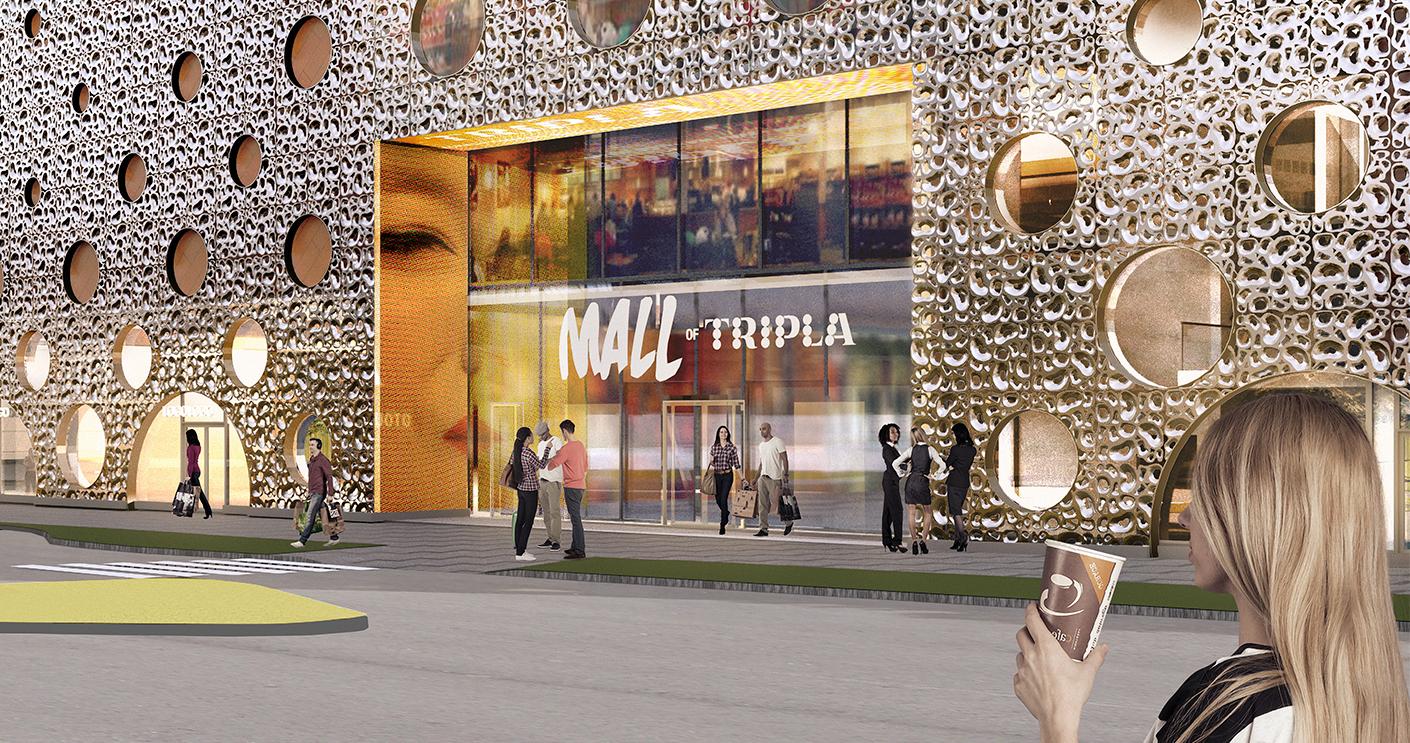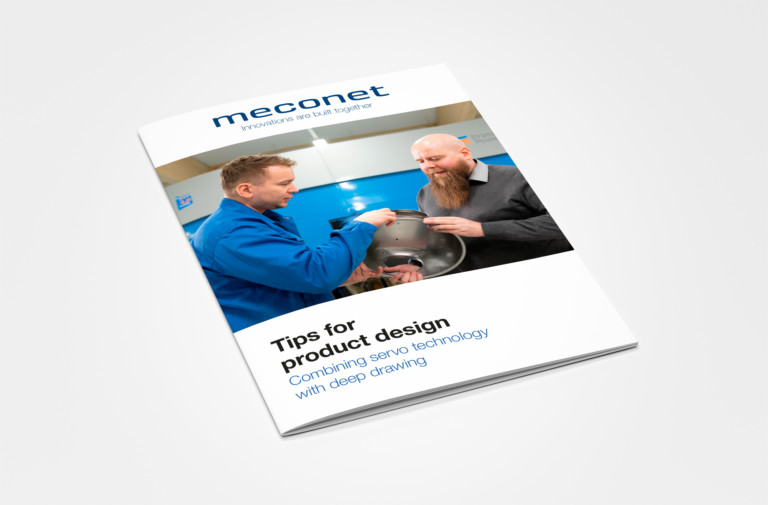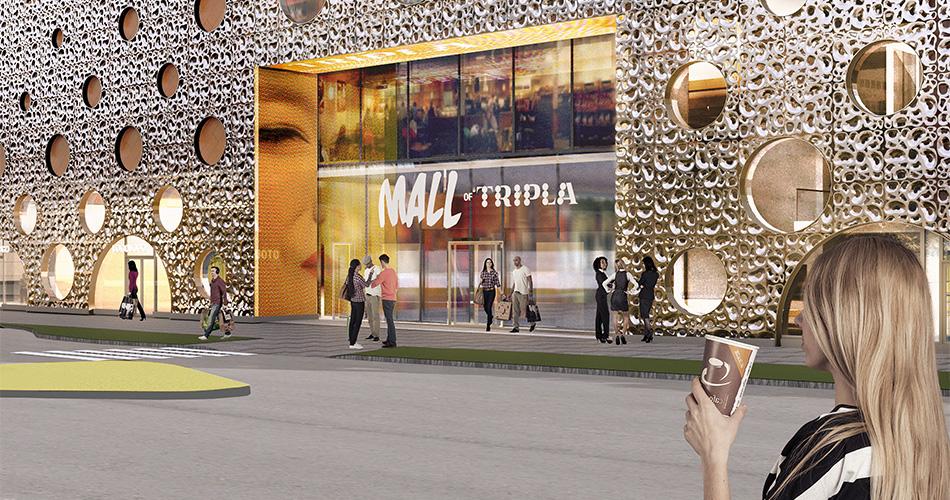The deep drawing method allows for creating diverse shapes and design
elements for modern architecture. Its benefit over other methods of production
is that the manufacturability, durability and design of the façade element can
be ensured by 3D modelling already during the design and production process.
Deep drawing can be applied on stainless, coated and un-coated steel as
well as aluminium, copper and brass. Mass production of the façade plates is
also possible since the same deep drawing tool can be used for producing each
element. Panels can also be tailored using 3D laser cutting.
Façade panel production process
1. Concept phase
The production process starts with the concept phase in which the right
method pf production will be determined. The material and manufacturability of
the façade plate will be determined based on the architect’s plans using a
principal simulation and manufacturability analysis.
First there might be various concepts. In order to move onto production, the material and finishing method must be decided as well as whether the product will be painted after the deep drawing.
2. Proto phase
After the right concept has been chosen, production moves onto the proto phase in which a physical prototype will be built of the façade element. This prototype will then be tested and validated.
3. Detailed design
Next, necessary tools and other details needed for production will be planned.
4. Production
After the deep drawing tool has been built, it can be used to
mass-produce the façade elements.




